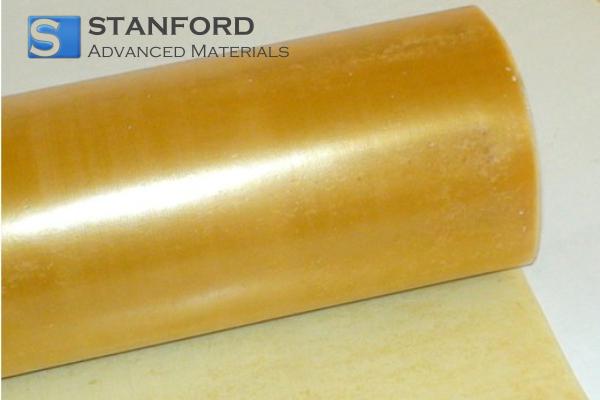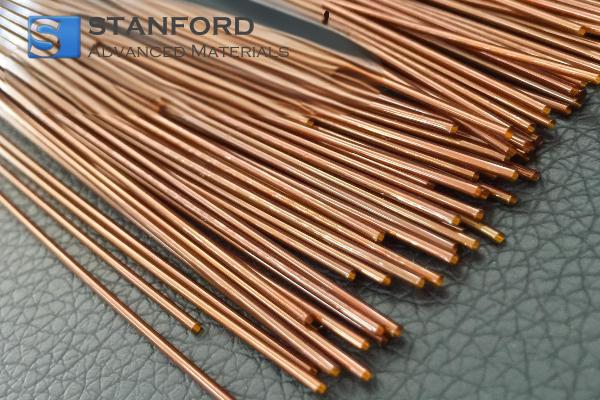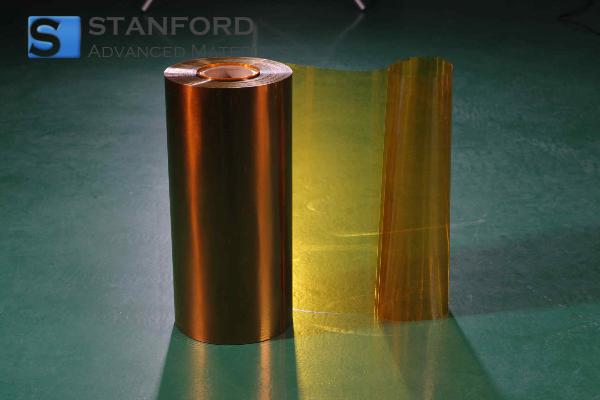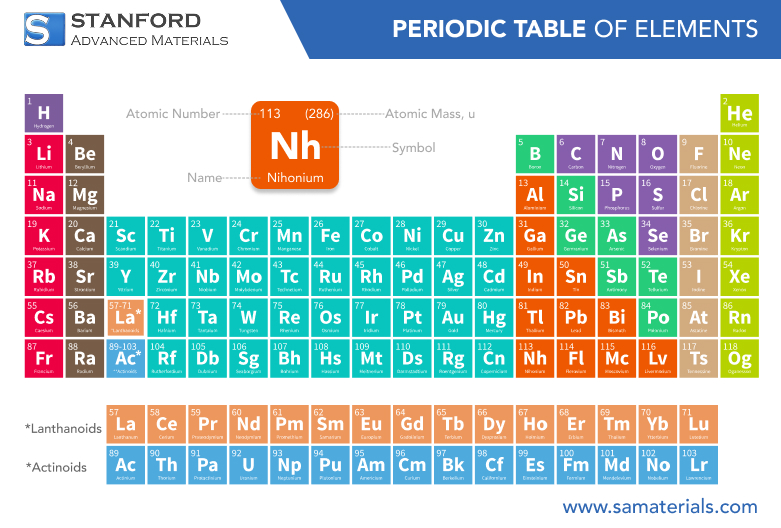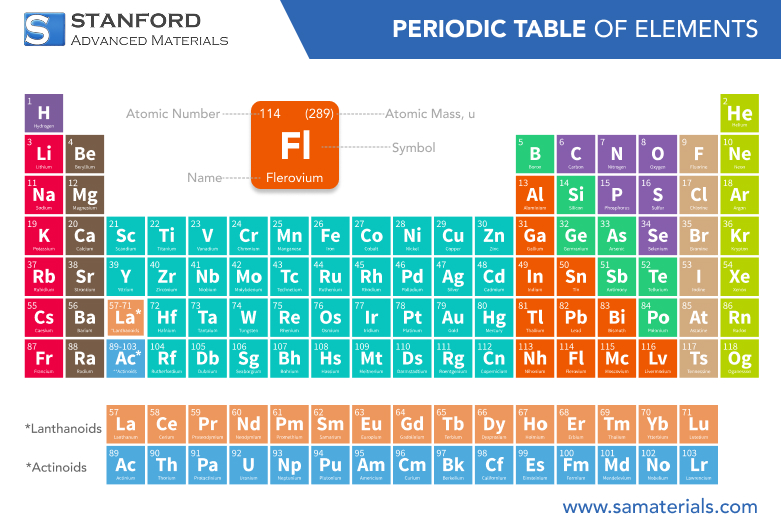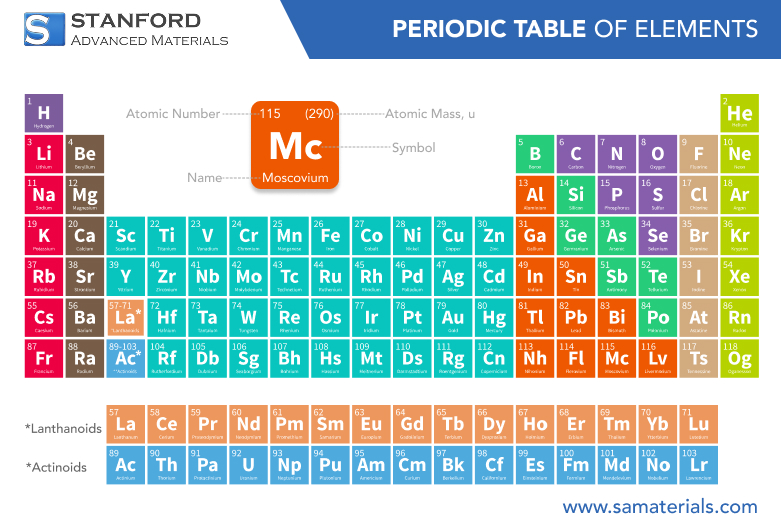Scandium: Element Properties and Uses
Description
Scandium is a chemical element with unique properties and a variety of applications. This blog provides an overview of its characteristics, uses, and preparation methods.
Introduction to Scandium
Scandium, symbolized as Sc on the periodic table, is a rare metal that belongs to the transition metal group. Its atomic number is 21. While it is not as widely known as some other metals, it plays a critical role in various industrial processes. Discovered in 1879 by Lars Fredrik Nilson, it was named after Scandinavia, where the element was first identified. Despite its scarcity, scandium is essential in a variety of applications due to its unique properties.
Chemical Properties Description
Scandium is chemically reactive, although less so than other transition metals. It reacts slowly with oxygen in the air, forming a protective oxide layer that prevents further corrosion. Scandium exhibits a relatively high affinity for nitrogen and readily forms compounds with other nonmetals like sulfur and halogens.
In its ionic form, scandium usually exhibits a +3 oxidation state, forming ionic bonds with halides and other compounds. Scandium’s compounds are typically white or colorless, and it is often used in small quantities in various chemical reactions and alloys.
Physical Properties Data Table
Scandium has several notable physical properties that make it a unique and useful material. Here is a table summarizing these properties:
Property | Value |
Atomic number | 21 |
Atomic mass | 44.955 g/mol |
Density | 2.985 g/cm³ |
Melting point | 1,540°C (2,804°F) |
2,840°C (5,144°F) | |
Electrical conductivity | Good |
Appearance | Silvery-white, metallic |
Crystal structure | Hexagonal close-packed (hcp) |
These properties make scandium highly useful in specific industrial applications, such as aerospace technology and electronics. For more information, please check Stanford Advanced Materials (SAM).
Common Uses of Scandium
Although scandium is rare and expensive, it is used in various high-performance applications, particularly in the aerospace and electronics industries. Some common uses include:
- Aerospace industry: Scandium is used in aluminum alloys to improve strength, reduce weight, and enhance performance. These alloys are used in aircraft, spacecraft, and sporting equipment.
- Lighting: Scandium compounds, such as scandium iodide, are used in metal halide lamps to produce bright, efficient lighting.
- Electronics: Scandium is used in some high-end electronic components due to its properties, such as in fuel cells and superconductors.
- Sports equipment: Some sporting goods, like bicycles and baseball bats, use scandium-alloyed aluminum for strength and lightness.
Preparation Methods of Scandium
Scandium is usually extracted from minerals such as thortveitite or from the byproducts of uranium or rare earth element mining. The process involves several stages, including separation through solvent extraction, followed by purification to isolate scandium. Once isolated, scandium is generally produced in small quantities due to its rarity.
Related Industrial Products
Scandium is critical in several high-tech industrial products. Some related products include:
- Aluminum-scandium alloys: Used for aerospace components, these alloys offer superior strength-to-weight ratios.
- Scandium-based metal halide lamps: Provide high-efficiency lighting for various applications, such as streetlights and stadium lighting.
- Solid-state batteries: Involving scandium compounds to improve performance and stability.
Frequently Asked Questions
What is scandium used for?
Scandium is primarily used in aerospace materials, high-performance alloys, and lighting applications. It is also used in electronics and sports equipment.
Is scandium rare?
Yes, scandium is considered a rare element. It is typically found in trace amounts of minerals and is not commonly found in large deposits.
Can scandium be found in nature?
Yes, scandium occurs naturally in various minerals, most notably thortveitite, but it is found in very small amounts.
What are the main physical properties of scandium?
Scandium is a silvery-white metal with a high melting point and good electrical conductivity. It is relatively light with a density of 2.985 g/cm³.
How is scandium extracted?
Scandium is extracted from rare minerals through solvent extraction, followed by purification to isolate the metal. This process is complex due to the element's scarcity.


